1, how to start
This is the most important step in badminton.
I’m here to prepare. I don’t know where the ball will go before the opponent hits the ball.
After my opponent hits the ball, I have to react in a short time.
Therefore, I must take a step to push my body to the ball as soon as possible.
With Figure 01, the first step is "starting step"
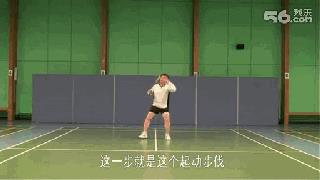
Second, how to stop
The second element of badminton pace is how to stop.
Stop, including two parts:
First, the toes should point to the ball.
In this way, you can have a stable posture and good balance.
Photo 02 Toe points to the ball.
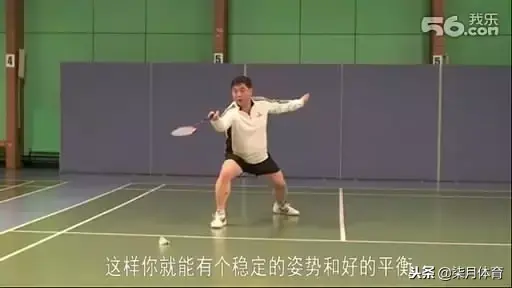
But many people point their toes there (the midline), which is very dangerous
When your toes point to the ball, your knees can bear the weight of your body.
You can’t do this (toes pointing to the sideline), it will be worse.
Remember, your toes must point to the ball.
The second is how to get close to the ball.
You should keep an eye on your opponent when you are close to the ball.
Pay attention to the direction of my face so that I can have a better view.
Therefore, my approach to the ball should be like this.
Figure 03 The action of approaching the ball
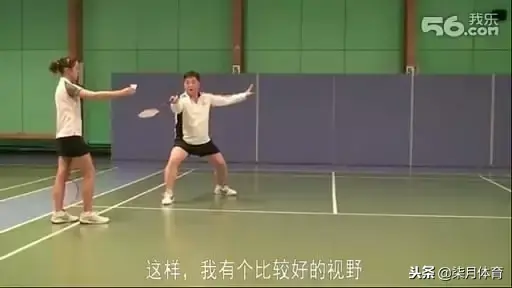
Don’t just watch the ball, watch the opponent’s court at the same time.
Point your toes at the incoming ball, and look at your opponent’s court, not in other directions.
Third, how to return?
For example, after I hit the ball in the frontcourt, how can I return to my position and prepare for the next shot?
1. The first step of return
Photo 04 Return to the First Step
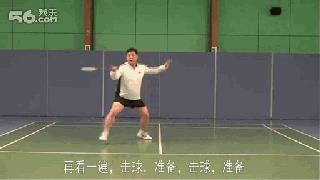
Hit the ball and get ready (with your feet back)
Hit the ball, get ready
Then come back slowly.
Photo 05 The frontcourt moves to the backcourt
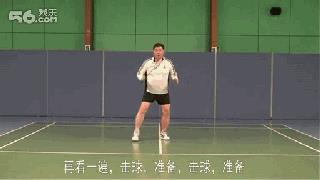
Picture 06 Moving to the frontcourt is the same.
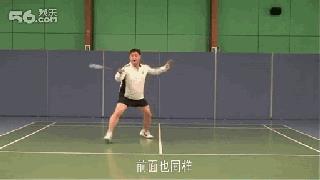
Picture 07 The same is true when moving to the side.
Photo 08 The same is true in front of the backhand net.
Without this first step of returning, it would be like this. My movement will die.
Photo 09 One-step return is wrong.
The important role of the first return step is to wait for the direction of the opponent’s ball.
Pay attention to the overall movement of the male student and focus on his legs.
After hitting the ball there, he didn’t know where his opponent’s next ball would go during the return.
Because of this, he must pause and pay attention to his overall movement rhythm.
Figure 10 The rhythm of returning to the net.
After hitting the ball, he immediately made the first step of returning, and then slowly returned.
2. The second step of return
After hitting the ball, he immediately made the first step of returning, and then slowly returned.
In the process of his return, when the opponent hits the ball, he can know where the ball is going and start it immediately.
As you can see, while he is slowly returning to his position, he is also waiting for the ball.
Photo 11 The second step of the female player slowly
If her opponent makes a fake move, if her return movement is done correctly, it is not easy to be cheated.
While she was still moving back in the air, she was also waiting for her opponent to hit the ball.
Let’s compare, if there is no first small step and a slow second step.
Figure 12: Slow second step can prevent cheating.
This small step will ensure that you keep moving.
The next move is a slower process to observe the opponent’s stroke.
This will ensure a good connection between the two shots.
Four, doubles before the net to save the ball footwork
The steps of throwing the ball in front of the net in doubles and mixed doubles can be divided into three steps:
Get ready, hit the ball, get ready;
Figure 13. Ball-saving footwork in front of doubles net
The key point here is the preparation after hitting the ball, and preparing the return ball in all directions.
The point is, get ready immediately after hitting the ball.
Fifth, the footwork of moving in front of the net in singles
If I put the net in front of the net, then I have to have the pace of returning.
Maybe four or five steps.
Take a look, in front of the forehand net
If the ball is far away, it is five steps.
If the ball is close, it is four steps.
Figure 14 Moving footwork in front of the net in singles
Photo 15 Female students hit the ball in front of forehand net
2. Hit the ball with backhand in front of the net
It can be four steps, and if it is a save, it is three steps.
Photo 16 Female students hit the ball in front of the backhand net
3. Forehand and backhand footwork
Pay attention to the pace of landing with both feet at the same time, which is the most important point.
Let’s do five forehand steps and four backhand steps on both sides
Pay attention to the timing of landing, just after the opponent hits the ball, not at the same time or in advance.
Figure 17 Forehand and Backhand Footwork
Six, doubles forehand net before picking the ball footwork
Key points to remember:
1. "Step One"
2. The pace of returning after picking the ball
3. Move before the next "first step" after returning to the middle.
Figure 18 Movement before "the first step"
Figure 19 Step 1
Figure 20 Footwork of Return
With Figure 21, pay attention to the "first step" to start moving.
Photo 22 The "first step" of the two men is simultaneous, just after the opponent hits the ball.
Figure 23 Footwork of Return
Seven, doubles backhand before the net to pick the ball footwork
According to the distance of the ball, it takes four or five steps to pick the ball in front of the backhand net.
Including starting, stopping and returning.
Photo 24: Picking the ball in front of the backhand net in doubles.
Eight, doubles forehand draw footwork.
There are five steps in forehand draw.
Photo 25 Footwork of Forehand Flat Draw in Doubles
⑴ Watching the ball: The first step is to start jumping.
⑵ Preparation: Step from left foot to right foot.
⑶ Hit the ball: Step out to the sideline with your right foot and hit the ball.
(4) Return: the first step of return.
5] Preparation: Double jump return.
Nine, the footwork of backhand flat draw in doubles
Figure 26 Footwork of backhand flat draw in doubles.
There are four steps in the backhand draw of doubles:
Watching the ball: the first step is to start jumping.
Hit the ball: hit the ball with your right foot on the ground.
Return: the first step of return
Ready: double jump return
Ten, doubles on both sides of the flat draw footwork.
Draw horizontally on both sides, one forehand step and four backhand steps.
The last step is also the "first step"
Figure 27: The footwork of flat draw on both sides of doubles
Eleven, the footwork of the single kill defense (right)
Take the kill step, five forehand steps and four backhand steps.
Sometimes, the backhand is three steps.
If the ball is close, you can use four steps.
If the ball is closer to the center of the field, you can use four steps.
Fig. 28 Footwork of Single Catch-and-Kill Defense (four steps on the right)
If the ball is far away, it takes five steps.
Photo 29 footwork of single-kill defense (five steps on the right)
Twelve, the footwork of the single-kill defense (left side)
If there is more time or the ball is close, use four steps.
When there is more time, almost 60% of the time is four steps.
Figure 30 footwork of single-player catch-and-kill defense (left four steps)
If there is not enough time, use three steps.
Sometimes you may be late. It takes three steps.
When the ball is close, four steps
Figure 31 footwork of single-player catch-kill defense (three steps on the left)
Thirteen, doubles defensive footwork (opponent’s net attack)
What is said here is the defensive footwork when the opponent saves the ball in front of the net.
Usually there are three steps: preparation, hitting the ball and preparation.
Photo 32 Catch the ball
Fourteen, the footwork of doubles catch defense (pick the high ball)
One look, two dozen, three times, four times, etc.
Photo 33 doubles catch and kill lob
When catching the lob, there are four steps because it is the backcourt ball and there is a certain time.
Look first, then hit the ball, then recover and return to the original position.
Then relax and wait for the next shot.
Photo 34 Catch, Kill and Pick the Golf
Fifteen, the footwork of the high ball (the first: basic footwork)
There are two kinds of high-ball paces in the backcourt.
Here is the first kind, the basic footwork.
There are seven steps. Let’s take a look:
Figure 35 footwork of high-distance ball (the first type: basic footwork)
One look, two aim, three lead, four strike, five look, six view, seven etc.
When the ball comes faster, the last seventh step is the "first step" of the next racket.
Starting from the "first step" and ending from the "first step", so that the next beat can be connected well.
16. Footwork of the high ball (the second type: advanced footwork)
When the opponent hits the backcourt flat and you take the initiative to fight back, then you have to change your footwork.
There are sideways movements and recovery footwork.
The step of recovery can make you return to China faster.
Fig. 36 Footwork of high-distance ball (second type: advanced footwork)
Seventeen, kill the ball footwork
There are basically six steps to kill the ball:
Photo 37 Ball Killing Footwork
When forehand kills the ball, sometimes there can be a slight recovery step.
Photo 38 Ball Killing Footwork
If you need a step to recover, this step must be fast.
If there is not enough time, don’t recover that small step.
After killing the ball, if you need a small step to recover, this step must be fast and small.
If time is not enough, don’t have this small step to recover.
关于作者